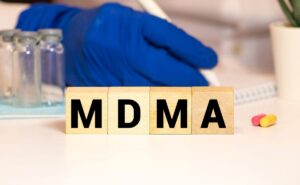
Grounding Techniques for the Holidays: Somatic Therapies for Calm and Connection
The holiday season can bring with it a whirlwind of mixed emotions: joy, excitement, stress, anxiety, and perhaps even sadness. Somatic therapies focus on the mind-body connection and can provide



